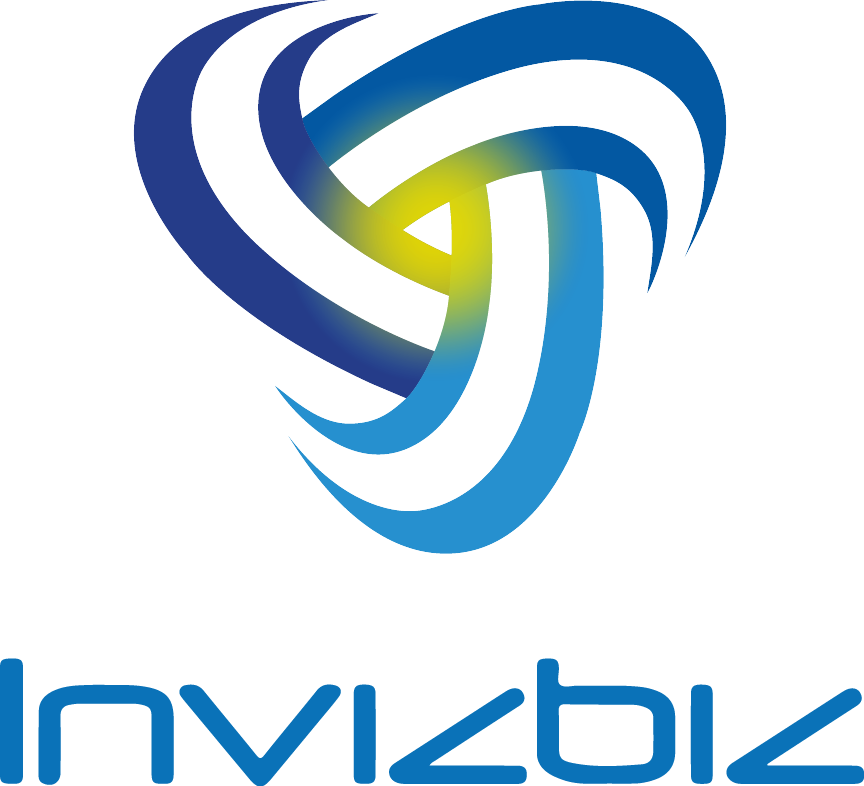In today’s fast-paced business world, understanding and managing your financial position is paramount. One crucial tool that can help you gain clarity on your liquidity and make informed financial decisions is the Cash on Hand Bills system. In this article, we’ll delve into the details of this system, its significance, and how to ensure you always have cash on hand to weather any storm.
The Cash on Hand Bills System Explained
Cash on hand refers to funds that a business can access immediately without any conversion or delay. It is a crucial liquidity indicator.
The Cash on Hand Bills system is a simple yet powerful tool that provides a real-time snapshot of your liquidity by offsetting available cash against liabilities. This method offers a clear perspective on your business’s financial health, aiding in informed financial decision-making.
The process is straightforward. Simply pose the question: If you were to shut down the business, how much cash would remain? In this calculation, assume that any outstanding debts won’t be paid.
The components of real cash include:
- Cash-On-Hand: Money in your bank accounts and accessible funds.
- Bills: Money you owe to others, including GST and sales tax.
To illustrate how the Cash on Hand Bills system works, let’s consider an example. If your cash on hand is $150,000 and you owe $300,000, the resulting “Cash-In-Hand-Bills Figure” would be -$150,000, indicating a concerning financial situation. I talked more about this in my podcast, 2 Important Rules in Business Numbers.
This effective process provides immediate clarity on your cash position, whether it’s in the negative or positive. For individuals seeking to disengage from their business, this straightforward exercise is essential for assessing their financial well-being.
Why is Having Cash on Hand Important:
Cash on hand encompasses all liquid assets readily available for use, such as bank deposits and other highly liquid investments. It represents the immediate financial strength of a business.
Having adequate cash on hand serves multiple purposes. It acts as a safety net during financial downturns, enables quick responses to unforeseen opportunities, and negates the need for hasty asset liquidation under pressure. This financial cushion can be the difference between thriving and merely surviving in challenging times.
For short: the availability of cash on hand determines a business’s ability to meet short-term obligations, handle emergencies, and capitalize on opportunities.
Types of Cash on Hand

Actual Cash and Petty Cash
This includes physical currency, like notes and coins, often used for small, immediate expenses. Petty cash is a subset, typically a small amount set aside for minor expenditures.
Bank Accounts: Checking and Savings
These are the most common forms of cash on hand. Checking accounts offer easy access, while savings accounts provide security with some interest benefits.
Liquid Assets
These are assets that can be rapidly converted into cash, such as stocks or government bonds.
Studies show that 50% of small businesses have cash reserves that sustain only 15 days of operation, in case of business disruption.
To enhance the availability of liquid funds, it’s essential to improve overall cash flow. This can be achieved by the following:
5 Ways to Ensure You Always Have Cash on Hand
1. Operating with a Positive Cash Flow

Maintaining a positive cash flow, where more money enters your business than exits, is as critical as profitability when assessing business performance. Even with a high profit margin, a low cash flow can exert significant pressure on your business.
To achieve a positive cash flow, consider:
- Establishing payment terms that support a cash-flow positive business model.
- Ensuring that the failure of several debtors to pay won’t jeopardize the business’s viability.
- Setting clear credit terms, strictly enforced even when the promise of additional business is made.
- Arranging back-to-back payment flows with larger suppliers and contractors.
Why Important:
This approach ensures a steady inflow of funds, even with a high profit margin, preventing cash flow constraints and minimizing the risk posed by delinquent debtors. By enforcing these you create a financial buffer, ensuring you’re well-prepared to navigate any financial challenges and maintain liquidity.
2. Separating Finances and Records for Multiple Businesses
Entrepreneurs overseeing multiple ventures must prioritize separating the finances of each entity. This practice offers transparency regarding the viability and profitability of individual businesses.
Whenever I separate my finances by business entity, I also monitor my cash on hand. This system is straightforward. I monitor the cash in my bank accounts and accessible funds, and then deduct my liabilities. This figure, updated weekly, serves as a vital metric for evaluating my financial health without the need for intricate accounting tools.
Why Important:
Separating finances for each business entity provides transparency into their individual viability and profitability. By monitoring cash on hand separately for each venture, entrepreneurs ensure a clear understanding of their financial health. This straightforward system, updating weekly, helps maintain liquidity and prevents financial entanglements, ensuring cash is readily available when needed.
3. Setting up a Cash Warning System

Early and swift issue identification offers ample time and opportunities for rectification and getting back on course. Implement a “Tidal Wave Warning System” similar to those used in countries prone to tsunamis, such as Japan.
Just like most businesses faced challenges during the early days of the pandemic, our multi-million dollar inspection franchise, Resicert, also encountered difficulties. However, despite these unfortunate circumstances, we remained confident that we could weather the storm.
Our confidence stemmed from our “Tidal Wave Warning System,” which allowed us to establish a “bulletproof” cash flow position for the business well before any crisis unfolded.
Why important:
Swift issue detection allows for proactive measures, ensuring a robust cash flow position and the ability to navigate crises confidently, safeguarding liquidity.
4. Securing Funding When You Don’t Require It
Risk events often stem from a lack of available cash or cash flow pressures. I strongly recommend securing access to cash when you don’t need it. This is precisely when it’s accessible, whether through a business loan, an overdraft facility, or other funding sources.
I’ve encountered this scenario multiple times in my business endeavors. I’ve proactively established facilities not for immediate use but as “Just in Case.”
In doing this, I adhere to a policy of accumulating cash reserves and ensuring access to funds sufficient to cover all fixed expenses in my business for at least 12 months.
Why important:
This practice not only offers peace of mind but also equips you to adapt and navigate unexpected challenges that may arise.
5. Engaging the Entire Team in Statistic Tracking and Review

Active involvement of all team members in tracking and managing key business metrics is instrumental in achieving a healthy cash-on-hand position.
When every member of the team is engaged in the process, it creates a collective responsibility for the financial well-being of the business. Team members become more attuned to the impact of their actions on cash flow, fostering a culture of fiscal responsibility.
This increased awareness helps identify areas where cash can be conserved and opportunities for revenue generation. Furthermore, transparency and visibility into financial data ensure that potential issues are spotted early, allowing for proactive measures to maintain a positive cash flow.
Why important:
A team that collaboratively manages through statistics not only enhances clarity but also plays a vital role in safeguarding the cash on hand, ultimately contributing to the financial stability of the business.
Final Words:
The Cash on Hand Bills System is important for businesses, especially small ones, as it offers a real-time view of liquidity by comparing cash against debts. This system helps in maintaining financial health and resilience. Key strategies include positive cash flow maintenance, finance separation in multiple ventures, effective cash warning systems, strategic funding access, and team involvement in financial management.
Want to know more about how I built a Cash on Hand Bills System that allowed me to live the life that I want? Sign up to our newsletter: https://idealbusiness.invizbiz.com/newsletter

